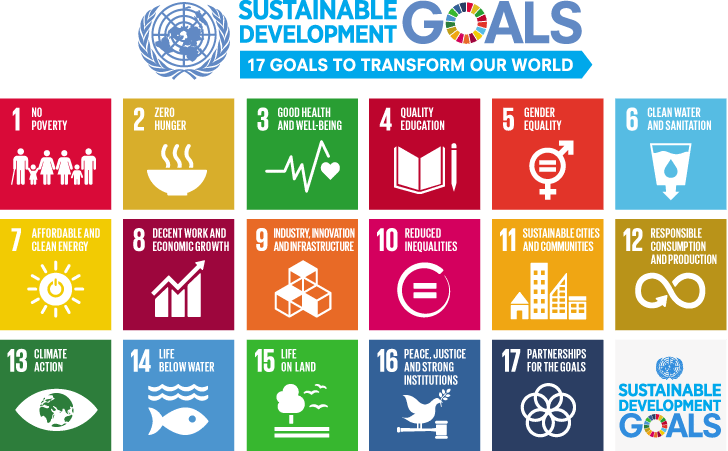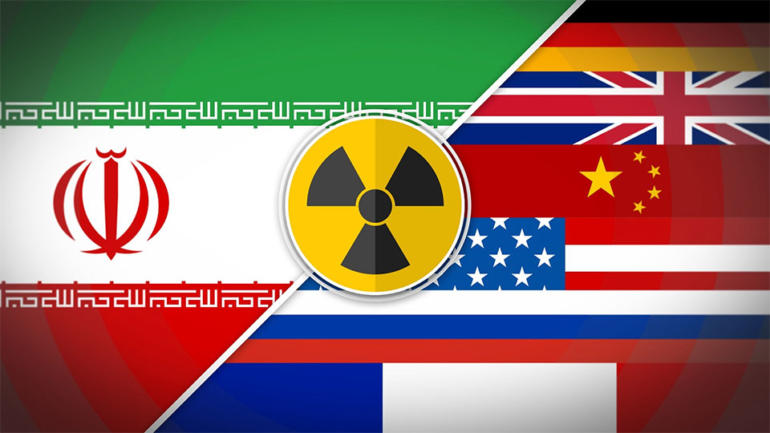For such supposedly important goals, the United Nations Sustainable Development Goals do not get nearly enough effort directed explicitly towards attempting to accomplish them by the international community. Whether International factors help or hinder states in the global south in making progress towards their UN SDGS depends largely on whether they are involved in international conflicts or other events that are strategically important for other countries. If they are involved in such situations, international factors seem to harm these countries more than help them since the more powerful countries are more focused on their own interests in the geopolitical tensions of the region. This is probably due to the fact that when a state is involved in a conflict, contact with international factors will likely be initiated by actors outside of the country in question and in such a way that prioritizes the goals of those outside actors over those of the country in question.

Source: UN SDG Website
This is illustrated by countries like Egypt and Iran with ones like Botswana that are less involved in international conflict providing further evidence to this pattern. Part of the reason for this is that SDG 16 focuses on international peace. So, countries involved in internationally significant situations will inherently have a harder time accomplishing this goal. In Iran’s case, the most prominent international factors that have impacted its ability to accomplish its SDGs is the Iran Nuclear deal and the economic sanctions that have come out of it. According to the podcast on Iran that I listened to, the sanctions imposed on Iran by countries like the U.S. are one of the leading factors preventing it from addressing it’s SDGs. This is because, as one might expect, these sanctions were designed to prioritize U.S. interests over those of Iran or the Iranian people.

Source: CGTN
In a similar vein to Iran, Egypt is also being hindered from accomplishing its SDGs by international factors, both global and regional. In this case, the GERD is both in and of itself an obstacle as well as being a symptom of another problem that is plaguing the area. Specifically, that the situation has become something of a proxy for U.S.-Chinese tensions. In essence, China has taken Ethiopia’s side while the U.S. has attempted to aid Egypt. The rising tensions around the GERD both directly threaten Egypt’s water security SDG as well as the peace and security SDG for the entire region. China and the U.S. are both focusing entirely on their own interests in the region at the expense of the states that actually have to deal with the consequences of the decisions made.
More evidence for this conception of the relationship between SDG progress and international factors is Botswana. As explained in the podcast about that country that I listened to, Botswana is not involved in any major international conflicts. As a result, other, more powerful countries are not attempting to exploit or influence Botswana at the expense of it’s SDGs. The podcast I listened to explained that Botswana has been helped a lot in recent years by the world bank as well as regional integration institutions like the SADC. However, since the SADC is a regional rather than a wholly global institution, even that cannot fully be counted as an instance of a global factor in the same way that foreign policy of powerful, far-away countries like the U.S. and China can be. Furthermore, as explained in the podcast, Botswana’s use of the world bank was not instigated by the world bank or other international factors. Instead, Botswana initiated that process itself without the input from other countries.
Despite a few outlying cases like that of Botswana, based on the research I have conducted as well as that explained in the podcasts I listened to, international factors mostly seem to be a hinderance on globally southern countries’ abilities to complete their Sustainable Development Goals. It would seem that when international factors take the initiative to interfere in a country in the global south’s affairs, it has almost entirely negative impacts on that state’s SDG progress. This makes intuitive sense. Countries only tend to make foreign policy changes because they believe it is in their own interest to do so. As such, how their policy impacts the SDG progress of the country they are impacting will likely be low on their list of priorities. On the other hand, when a country in the global south initiates contact with global institutions and tries to exert some kind of control over how they are impacted by these international factors, there tends to be a much more helpful impact on that country’s SDG progress.
Leave a Reply